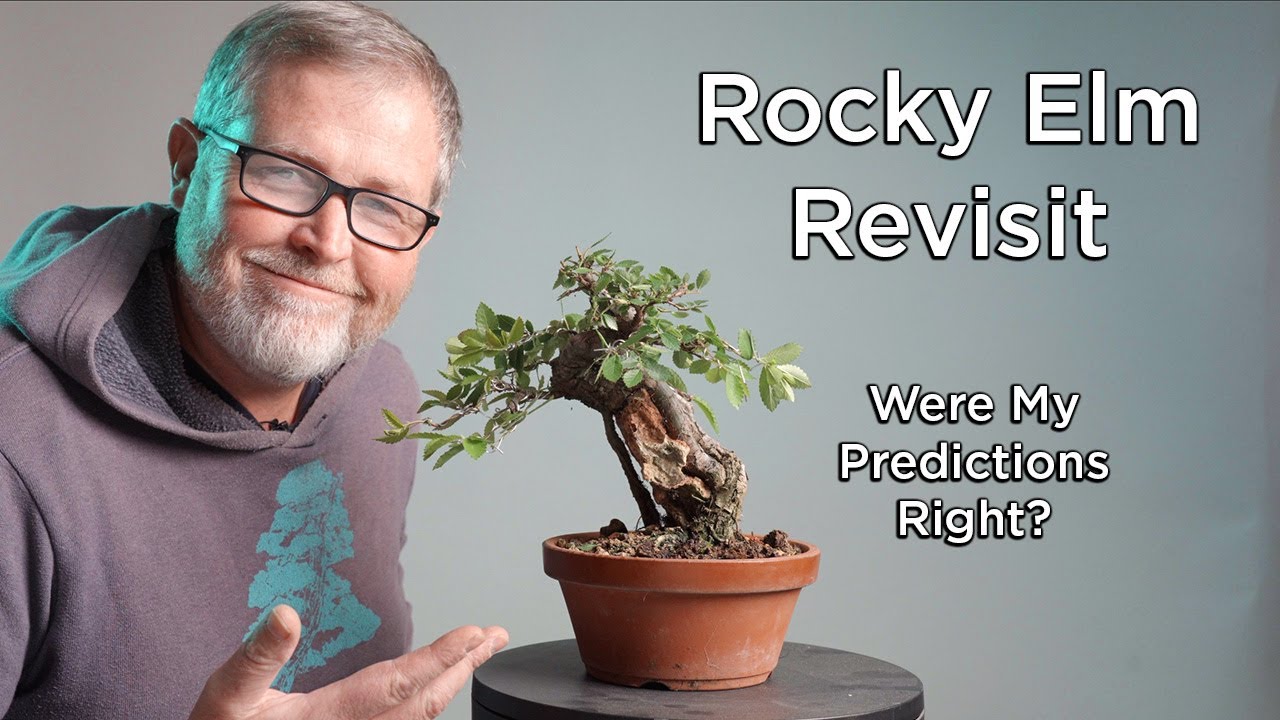We allow advertising on this website to support the blog. Some of content on this website was created with the help of AI.
As you read through this blog post, you will delve into the fascinating journey of revisiting a Chinese Corkbark Elm bonsai. We will together analyze Eric’s predictions in the realm of Bonsai Art and unravel the insights gained from this unique experience.
Revisiting a Chinese Corkbark Elm: Analyzing Eric’s Predictions in Bonsai Art
Introduction
Are you ready to delve into the captivating world of bonsai art? Today, we embark on a journey to revisit a Chinese Corkbark Elm and evaluate Eric’s predictions for this stunning tree in the spring of 2024. Step into the realm of meticulous tree maintenance and intricate design as we unravel the secrets behind creating a masterpiece in miniature form.
Assessing Tree Structure
As you approach the Chinese Corkbark Elm, the first step is to carefully remove its leaves. This allows you to assess the tree’s structure and determine the necessary course of action. By closely examining the branches and trunk, you can identify areas that require attention and envision the tree’s future form.
Making Strategic Decisions
Now comes the crucial decision-making process. Will you opt to cut back certain branches, or will you allow selected shoots to grow longer? With a thoughtful strategy in mind, you can shape the tree according to your artistic vision. Remember, every cut and adjustment plays a vital role in sculpting the bonsai’s overall appearance.
Crafting the Perfect Shape
As you notice new branch growth, it’s time to intervene with wiring techniques. By carefully wiring branches to achieve desired angles and create a harmonious pad formation, you bring your artistic vision to life. Each twist and turn of the wire contributes to the tree’s graceful silhouette.
Promoting Fine Branching
To encourage the development of fine branching, consider purposefully cutting back shoots on the top portion of the tree. This technique stimulates growth in desired areas, leading to a more refined and elegant canopy. With precision and care, you guide the tree’s evolution towards perfection.
Reflecting on Progress
As you reflect on your predictions and the work done on the Chinese Corkbark Elm, evaluate the results with a discerning eye. Celebrate the successful aspects while acknowledging areas that offer room for improvement. Embrace the iterative nature of bonsai art, where every adjustment refines the masterpiece.
The Art of Bonsai: A Joyful Journey
Working with the vibrant and dynamic Chinese Corkbark Elm is a delight for any bonsai enthusiast. The tree’s vigour and adaptability make it a joy to nurture and shape, offering endless creative possibilities. Dive into the art of bonsai with this exquisite specimen as your muse.
Discovering the American Equivalent
Curious about exploring a similar tree native to America? Consider acquiring a Texas Cedar Elm, which shares characteristics with the Chinese Corkbark Elm. Known as the American equivalent, the Texas Cedar Elm presents a unique opportunity to expand your bonsai collection with a native touch.
Shop for Your Bonsai Needs
For those eager to add a Texas Cedar Elm to their collection, visit bonify.com for a wide selection of bonsai trees and accessories. Explore the variety of offerings and find the perfect companion to your Chinese Corkbark Elm. Let your bonsai journey continue with new and exciting possibilities.
Conclusion
In the intricate world of bonsai art, revisiting a Chinese Corkbark Elm unveils a narrative of dedication, creativity, and precision. By analyzing Eric’s predictions and working on the tree with care and foresight, you embrace the essence of this timeless art form. Embrace the beauty of bonsai as you shape living artworks that reflect your passion and vision.
FAQs – Frequently Asked Questions
- How often should I water my Chinese Corkbark Elm bonsai tree?
- Are there specific tools I need to maintain a bonsai tree like the Chinese Corkbark Elm?
- What are some common pests that may affect Chinese Corkbark Elm bonsai trees?
- Can beginners with limited experience in bonsai art work with Chinese Corkbark Elms?
- What are the key differences between caring for a Chinese Corkbark Elm and a Texas Cedar Elm bonsai tree?



